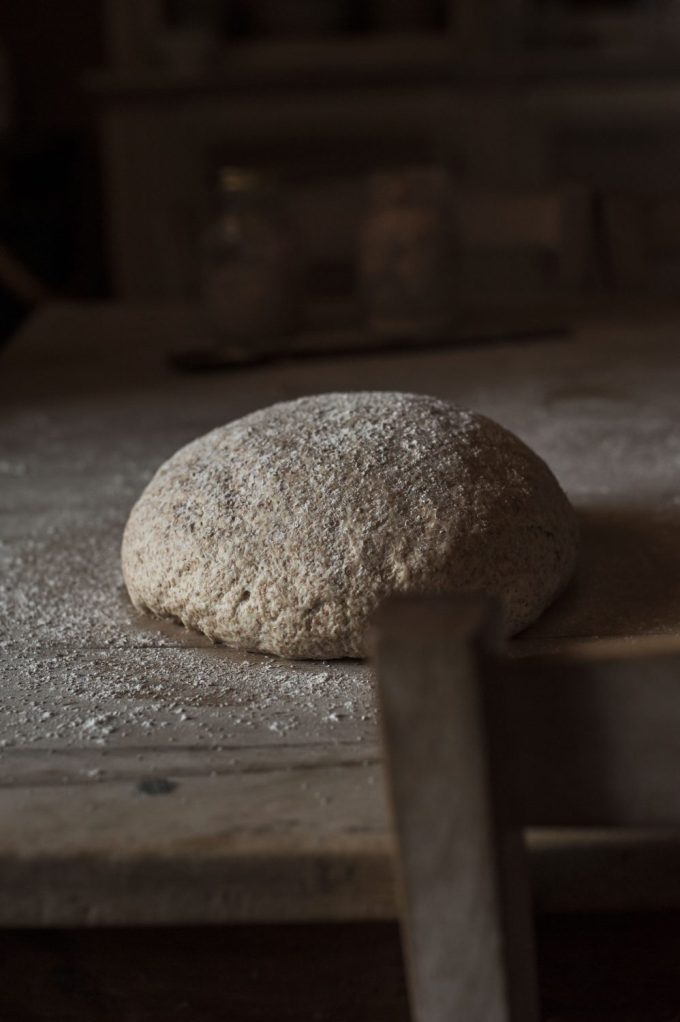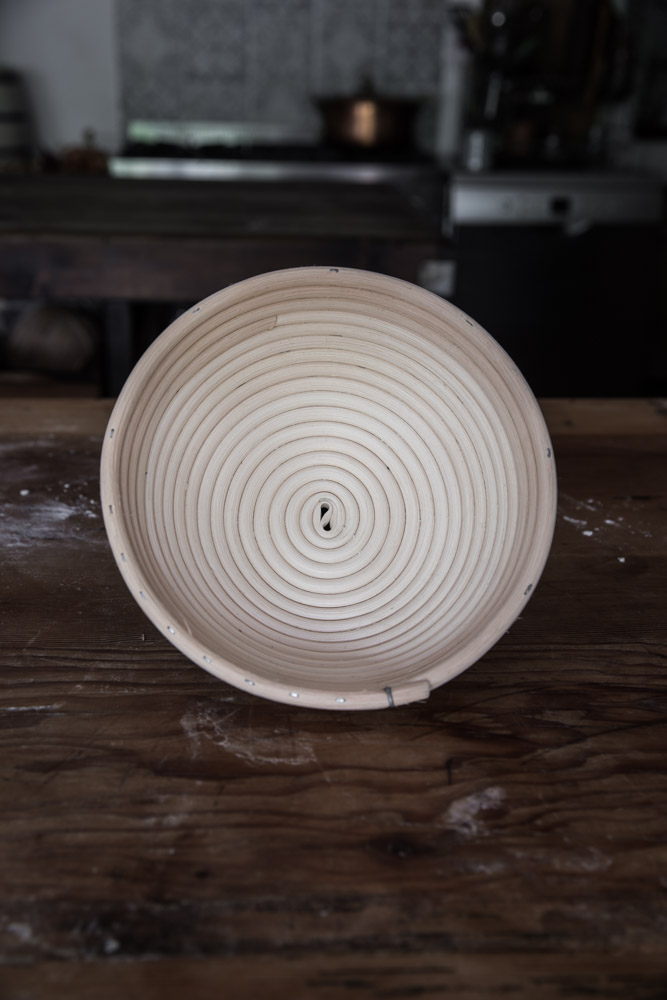What is the Ambient Sourdough Method?
When I teach people to make Sourdough, I explain that there are two different methods. One method is the retarded method, and the other is the ambient method in sourdough baking refers to the technique of using the natural temperature and humidity conditions of the environment to control the fermentation process of the sourdough starter and dough. Unlike methods that rely on precise temperature control, such as using proofing boxes or refrigeration, the ambient method allows the dough to ferment at room temperature, leveraging the natural fluctuations and characteristics of the local climate. This is a sourdough recipe that follows the Ambient method.
In the video below, I give some advice and insight into the ambient Sourdough Fermentation Method used in The Sourdough School Book and the advice on the timings for the formulas when choosing the ambient method. I suggest a slow levain, which allows for maturity in the flavour and gluten development. The ambient timing for this dough is to mix in the morning—like the French bakery (with a bit more of a lie-in!).
The ambient method of making sourdough is how I learned to bake. it is typical of French baking, relies on the natural warmth of the environment. This approach, which I use in the “10 Minute Sourdough” book, is particularly effective in producing bread with a milder, more lactic flavour profile. This is because homofermentative bacteria thrive in the ambient warmth, leading to a dominance of lactic acid over acetic acid in the dough. This method, often referred to as a straight dough, is one of the oldest and most traditional techniques for bread making, harking back to times before refrigeration was available. – I don’t think neolithic man had a fridge freezer!
The ambient method utilises the natural temperature to create an environment conducive to the activity of lactic acid bacteria. These bacteria prefer slightly warmer conditions, typically around 22-25°C, which are often found in a typical home kitchen. The result is a less sour, more subtly flavoured bread, making it particularly appealing to those who find the sharper taste of acetic acid less desirable.



I favour the ambient sourdough method for its simplicity and control and because it offers over the bread’s flavour profile. By avoiding refrigeration, which tends to favour the production of acetic acid, bakers can achieve a more balanced, less tangy taste. This method also aligns well with the principles of traditional French artisanal bread making, where the focus is on natural processes and minimal intervention.
Historically, this technique has been integral to bread making across many cultures. Before the advent of modern refrigeration and temperature-controlled environments, bakers relied on the ambient conditions of their surroundings to manage fermentation. This often meant adjusting the timing and handling of the dough based on the season and the specific characteristics of their local environment.
One significant advantage of the ambient method is its accessibility, especially when taught as a day method or to people with limited access to fridges. Home bakers can easily adopt this approach without needing specialised equipment or extensive adjustments to their routine. It embodies the essence of traditional baking, where the process is as much about intuition and adaptation as it is about precise measurements and controls.
Sometimes referred to as straight dough – it produces a well-balanced, lactic-flavoured bread. Here is a pdf on how to ferment your sourdough ambiently from when I first started teaching.



